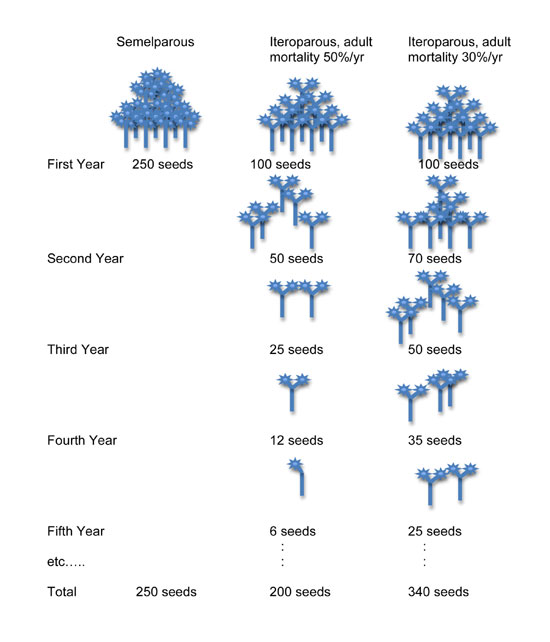The Zombie Ant: Parasitic Fungi and Behavior Manipulation
Biology 342 Fall 2014
Kristin Hirata
Adaptive Value
Ophiocordyceps unilateralis' behavioral manipulation of its host ants is crucial for increasing the fungus' lifetime reproductive fitness by enabling it to successfully develop and disseminate its spores in hospitable locations.
Ophiocordyceps unilateralis manipulates its host ant and uses it as a vehicle to find a suitable area for fungal proliferation.
In a study performed in the Khao Chong Wildlife Sanctuary in Thailand, researchers investigated the circumstances and locations of dead host ants. They found that 98% of the time, ants bit into a major vein on the underside of a leaf, biased toward the north-northwest side of the plant. Moreover, the temperature and humidity varies considerably from the ground level to the canopy in the tropical forest. Closer to the forest floor, the temperature drops and humidity increases. The researchers relocated infected ants from their original location about 25 cm above the soil, moving some of them to the higher forest canopy and the others to the forest floor. In both cases, fungus growth occurred abnormally and typically stopped (Andersen et al., 2009). This suggests that the fungus directs the ant to a location that is cool and humid enough for maximal fungal proliferation, because moving out of this narrow zone effectively reduced fungal fitness to zero. Evidence has shown that fungi require humidity levels of 94-95% and temperatures in the range of 20-30° C for proper growth (Andersen et al., 2009).

Figure 4. Diagram of the layers of a rainforest. Ant colonies are found in the canopy layer, while O. unilateralis proliferates closer to the forest floor. Source: Animal Corner, http://www.animalcorner.co.uk/index.html
By infrequently expelling spores over a long period, O. cordyceps is able to maximize its chances to infect ant hosts.
The fungus engages in iteroparous reproduction, or intermittent spore production over an extended period of time, as opposed to semelparous reproduction, in which the organism only reproduces once (an example of this would be salmon). A visual representation of these two forms of reproduction can be seen below. It is difficult for O. unilateralis to infect new hosts because not only is the fungus frequently the victim of hyperparasitism (the occurrence of a parasite infecting other parasites), but its host ant rarely ventures down to the forest floor where the short-lived spores are released. Consequently, iteroparous reproduction is adaptively favorable for O. unilateralis because it is able to maximize the probability of infecting the occasional C. leonardi ant that wanders to the forest floor. Clearly there is a tradeoff between growth and longevity that is involved. By growing fast, the fungus increases its probability of survival before hyperparasitism, but also reduces its chances of finding a host ant. By growing slowly, however, the juvenile mortality rate of the fungus is high relative to its adult mortality rate, but it greatly increases its chances of finding an ant to infect (Andersen et al., 2012).

Figure 5. A diagram comparing semelparous and iteroparous reproduction. Because O. unilateralis is able to survive for a relatively long time by using its host as a carbon source, it benefits from releasing spores over an extended period rather than all at once. Moreover, the fungus reduces its adult mortality rate by growing slowly. Source: Natural Education, Knowledge Project